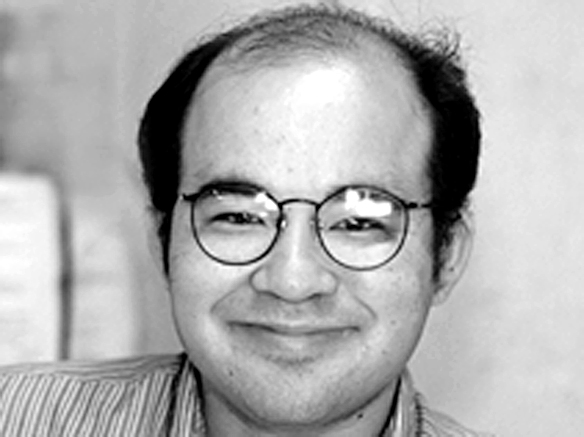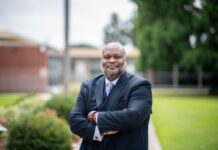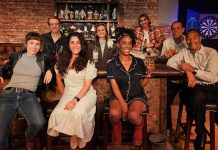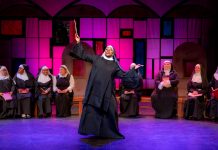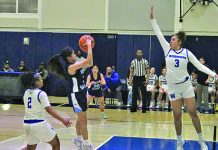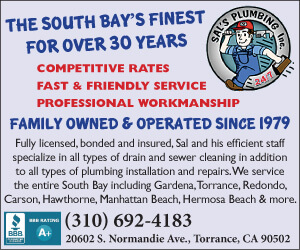I recently got back from a trip to Makena, Maui. This was a journey which my mother and I had made before. We had bicycled down the windy road from Haleakala. We had ridden the Lahaina, Kaanapali and Pacific, Maui’s historic narrow-gauge sugar train/ tourist attraction. We had gone to ‘Iao, the lovely valley where Kamehameha the Great defeated the King of Maui (the valley now traps visitors seeking limited parking, rather than Hawaiian warriors). We had survived the windy road to Hana. We had visited Maui’s excellent tropical botanic gardens.
I recently got back from a trip to Makena, Maui. This was a journey which my mother and I had made before. We had bicycled down the windy road from Haleakala. We had ridden the Lahaina, Kaanapali and Pacific, Maui’s historic narrow-gauge sugar train/ tourist attraction. We had gone to ‘Iao, the lovely valley where Kamehameha the Great defeated the King of Maui (the valley now traps visitors seeking limited parking, rather than Hawaiian warriors). We had survived the windy road to Hana. We had visited Maui’s excellent tropical botanic gardens.
On this trip, we decided to do something a little different and use our rental car as little as possible. Our plan went quite well, and the trip was a huge success.
We drove from Kahului airport to the resort at Makena. We drove into Kihei once for lunch and to buy omiyage (souvenirs)
for the people back home on the Mainland. We drove back to the airport on the final (surprisingly rainy) day. And that was it for driving — about a gallon or so.
In fact, we didn’t even use Maui Bus, the island’s public transit system, or any of the handy hotel shuttle buses.
Even environmentally-friendly travel guides such as Lonely Planet suggest that you probably do need a rental vehicle while on the Valley Isle, although it is possible to do some traveling without one. Many of Maui’s public buses are the same as what you will find in Los Angeles, but they also have whimsical “trolley” buses with open-air seating for trips to the tourist shopping areas.
Incidentally, here’s a souvenir shopping tip: go to Longs Drugs. Resort boutiques are expensive and ABC Stores is generally pretty good, but Longs has excellent prices.
Although CVS bought out Longs in 2008, they allowed the Longs name to continue in Hawaii — and it’s a good thing, too. Longs is where locals shop, but they have a huge variety of macadamia nuts, coffee, cookies and other miscellaneous Hawaiian stuff to take back.
We made one trip to the Longs in Kihei, and that was really all the omiyage shopping we needed.
What did we do the rest of the time? We found that the time difference had us getting up early, so we went to the beach early. A lot of tourists don’t go to the beach early, so it’s more quiet and relaxing. You don’t have to worry as much about sunburn.
When it comes to getting too much sun and heat, the worst time is in the afternoon, starting from about noon, so we never attempted the beach then.
In a very smart move, the Makena Resort organized a large number of cultural activities, ranging from a coconut weaving class to an art tour led by the sculptor himself, to a local food movement-themed tour of the hotel’s herb and vegetable garden, led by one of their chefs. Although they cancelled the astronomy and the “talk story” events, we still found plenty of laid-back things to do without leaving the grounds.
I also caught up on a lot of light novel reading while there.
The point to all of this is, you don’t have to have a busy, active trip to have a good vacation. Sure, the world is filled with great museums, mountain hikes and historic sites, but sometimes you need to rest and relax.
James Fujita is a former GVN news editor. He works as a copy editor for the Visalia Times-Delta in California’s Central Valley. Fujita can be contacted at jim61773@yahoo.com.


